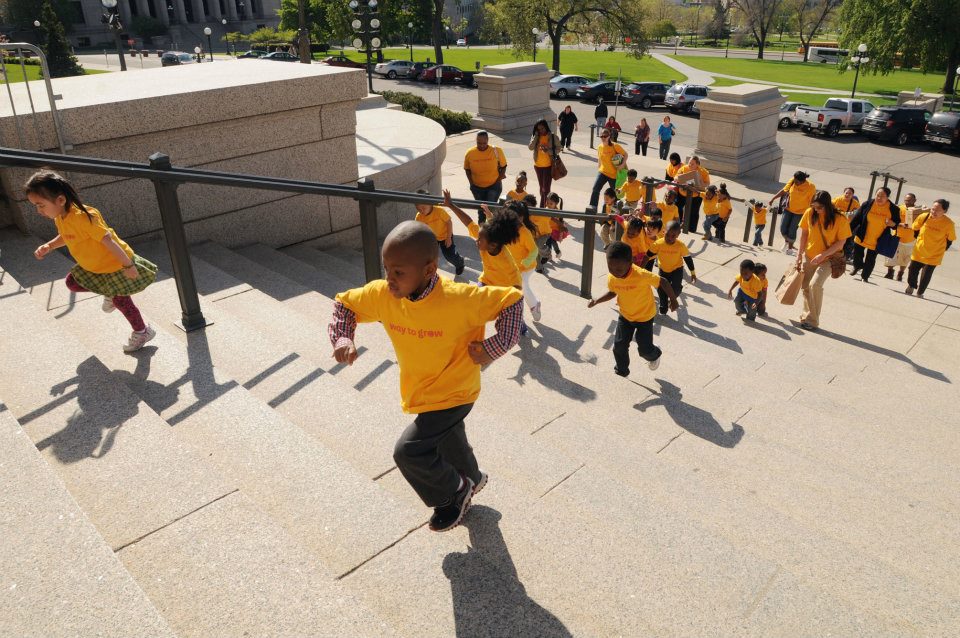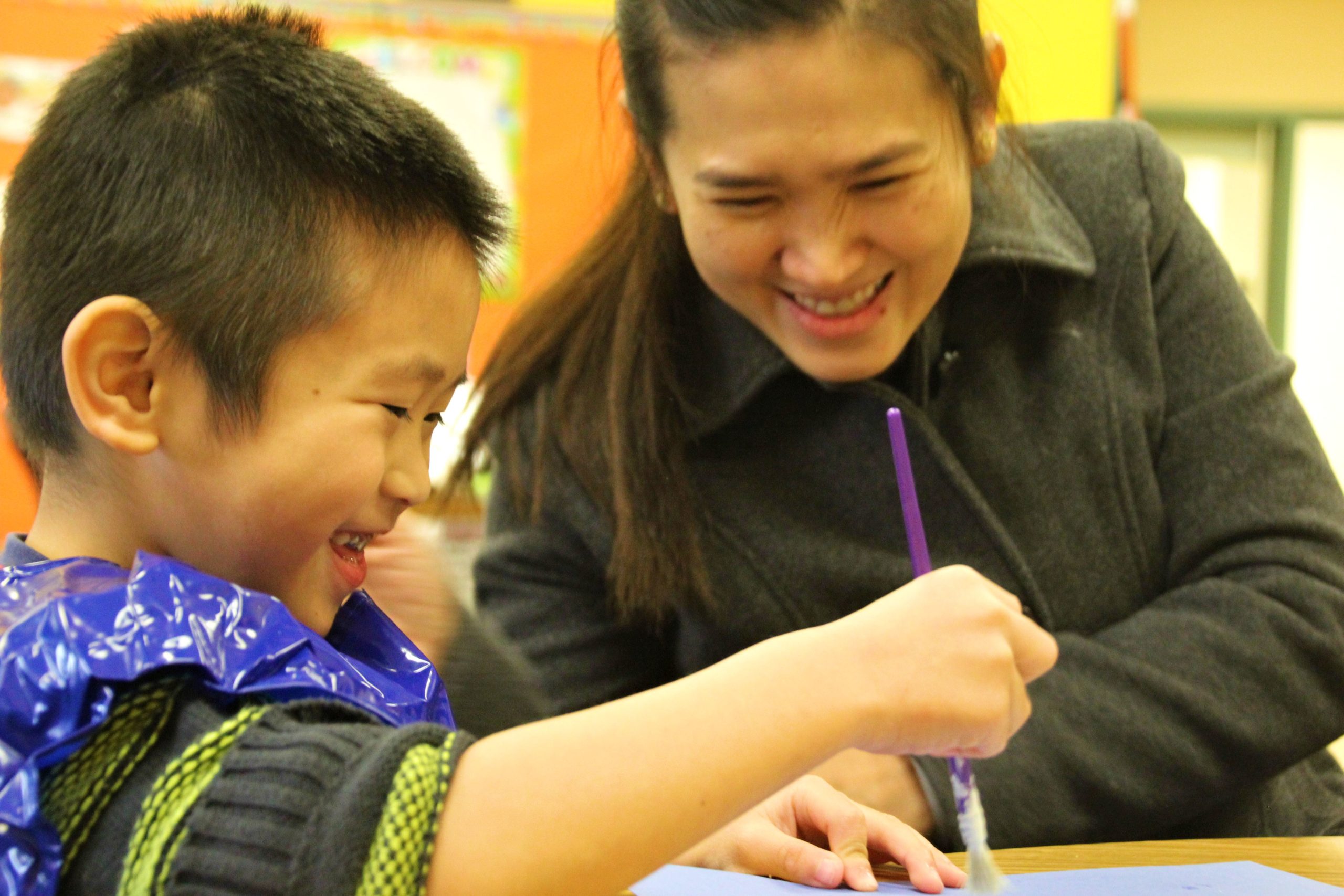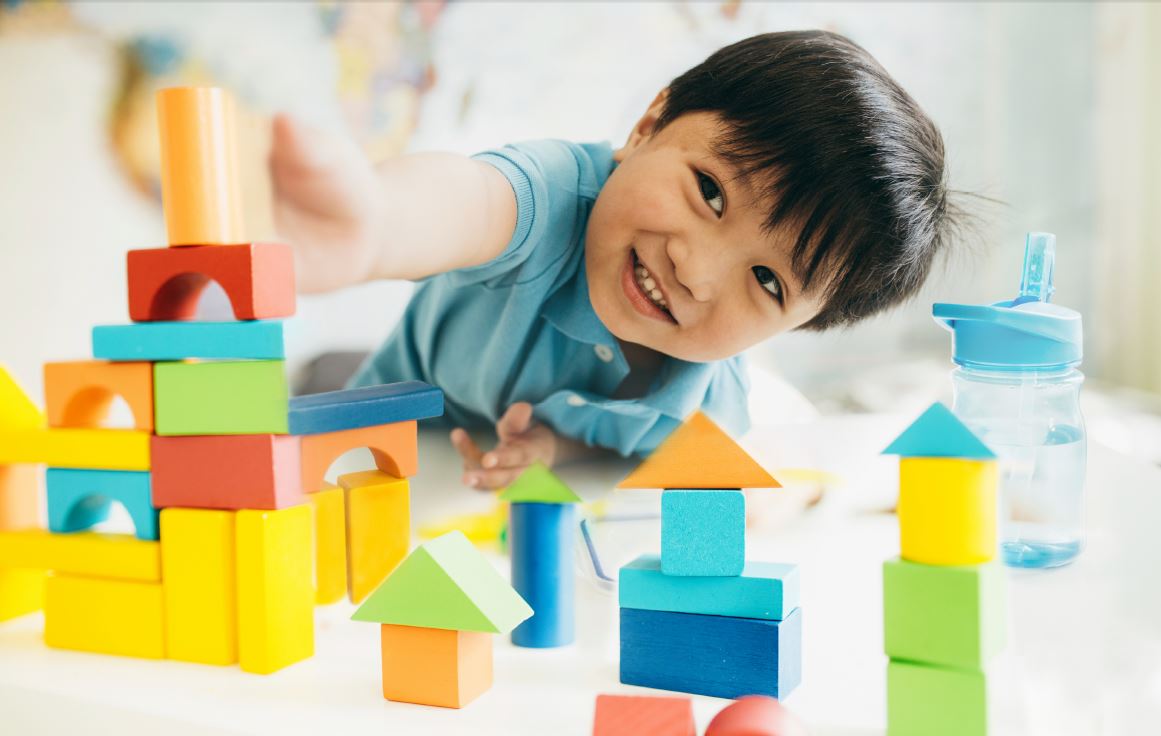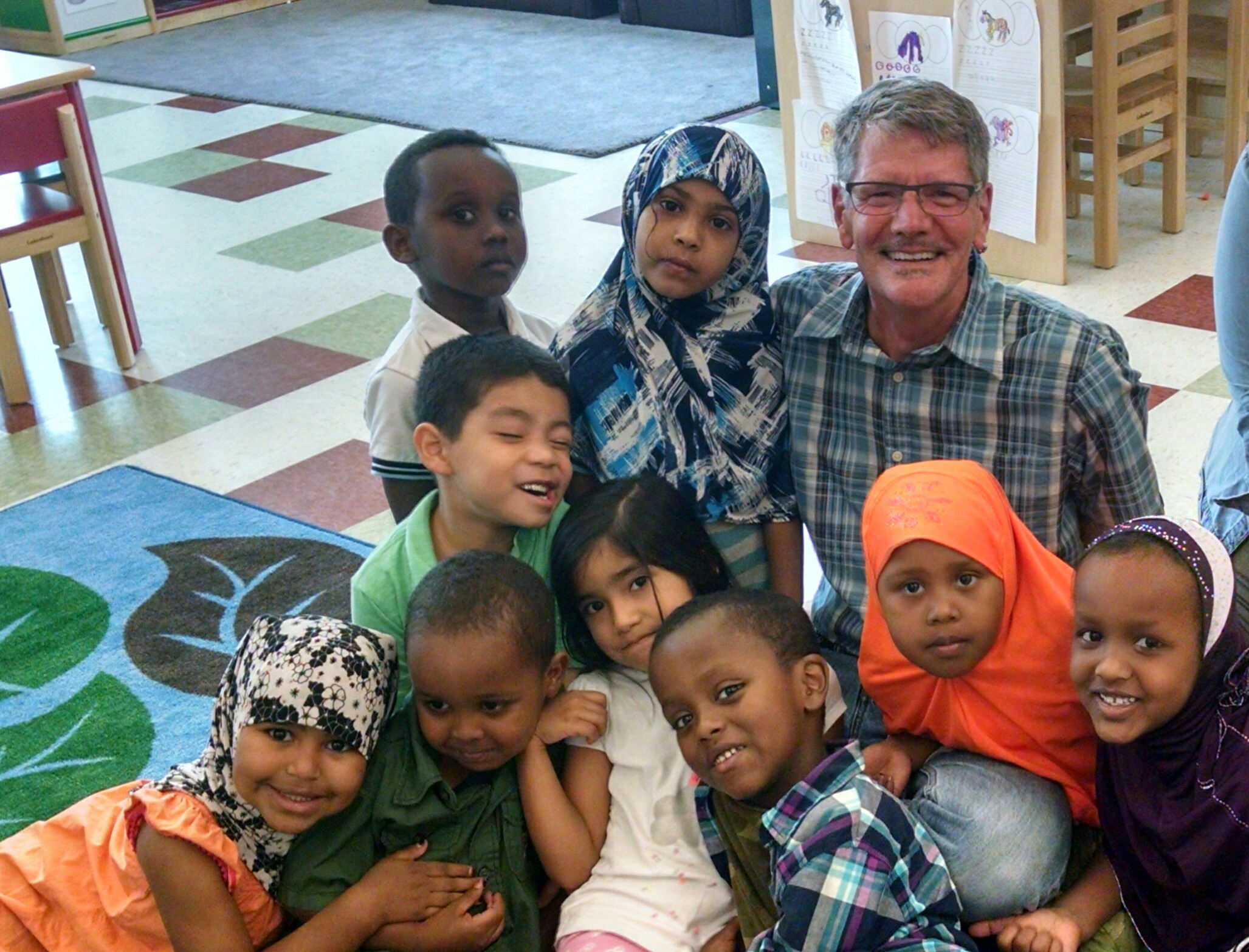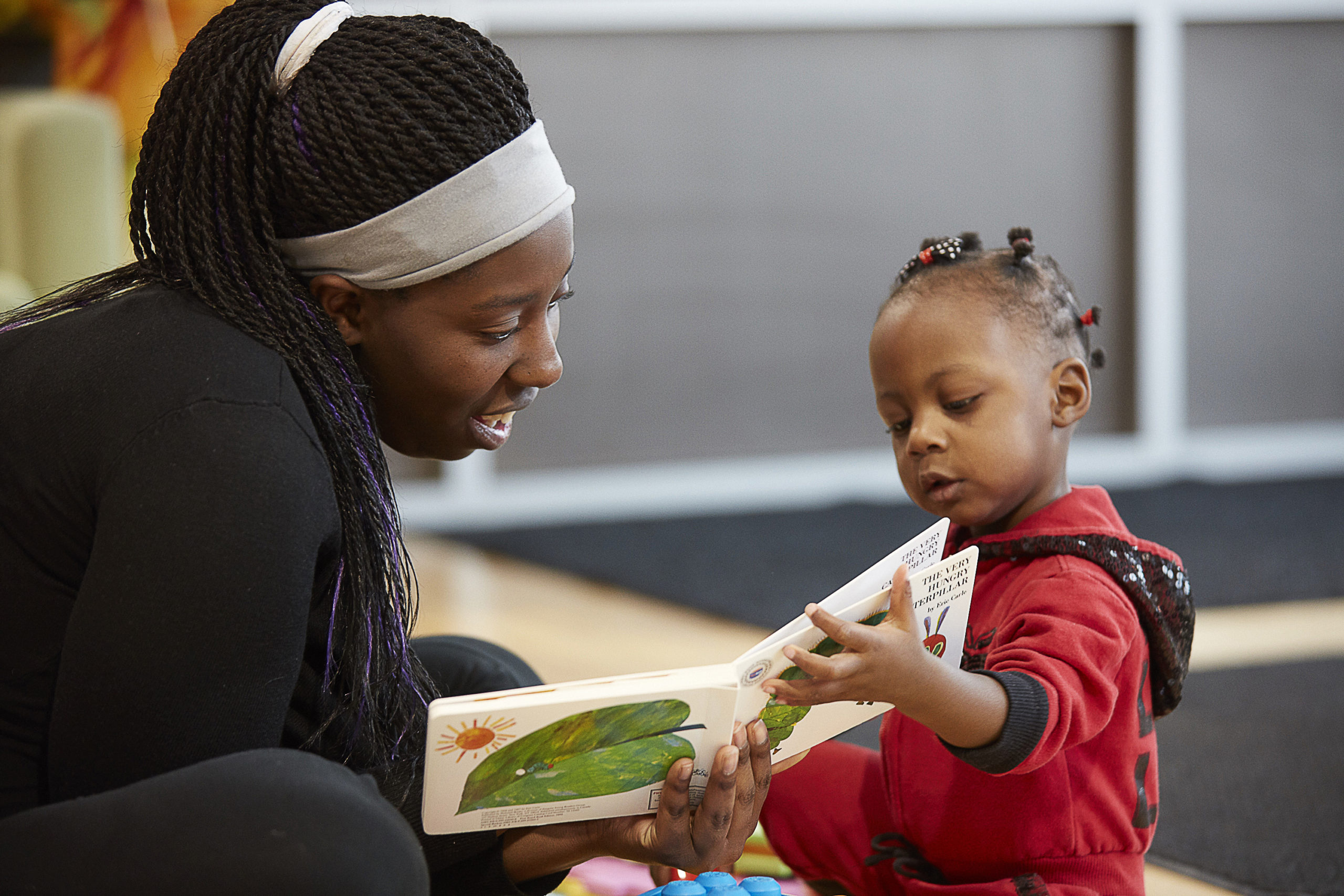Advocacy for Children Day celebrates early learning and gives parents, teachers, early care and education professionals, and communities from across the state an opportunity to stand up and be a voice for children. Led by the MinneMinds coalition, which Way to Grow is actively involved in, our staff and several families we serve are gathering at the capitol in support of equitable, child-centered, parent-directed, mixed delivery approaches to state policies affecting families and children. The 2017 policy agenda MinneMinds leads includes:
Ensuring Quality Care Through Parent Aware
- Fully fund Parent Aware to continue the expansion of high‐quality early learning programs throughout Minnesota.
- Support existing rated providers and grow from 3,000 programs to 4,400.
- Ongoing support for rated providers and implementation of improvement strategies, with a priority on stronger recognition and incorporation of cultural competency.
Increasing Access to Quality Early Learning Through Scholarships
- Increase funding and access of State Early Learning Scholarships for in need children birth‐to five to attend high quality early childhood development programs (Prioritize children with highest needs, including those facing homelessness and in foster care).
- Complete efforts to fully‐fund scholarships for low‐income 3‐ and 4‐year‐olds to serve 7,000 new, at risk preschoolers.
- Add funding for high priority groups for 0 to 2‐year‐olds (siblings, homeless, foster care, child protection) to serve 3,400 new, at risk babies and toddlers.
Assisting More Families In Need Through Home Visiting Programs
- Increase access and funding for targeted home visiting programs to include 7,000 children in high poverty.
- Provide community‐led solutions to high‐risk families to help stabilize them and give them a strong start.
What You Can Do
Attend the Rally
Join over 500 fellow early learning advocates as we fill the rotunda at the Minnesota State Capitol on Thursday, March 2, 2017. Activities for children begin at 9 am with the rally beginning at 9:30 am. From 11 am – 4 pm legislators will be available for visits.
Submit a Letter and Children’s Art
Whether or not you are able to attend the rally, we encourage you to submit a letter to your senators and representatives and tell them why our state’s youngest learners matter to you. Greater Twin Cities United Way will collect children’s artwork to accompany the letters submitted.
Mail your artwork to:
Lulete Mola
Greater Twin Cities United Way
404 S 8th Street
Minneapolis, MN 55404
Meet with Legislators
Meeting with legislators can be easier than you think. Follow these simple steps:
1) Find out who your legislators are
2) Set up a time to meet
3) Identify your main message and a personal story supporting that message
4) Follow these tips for holding a successful meeting


